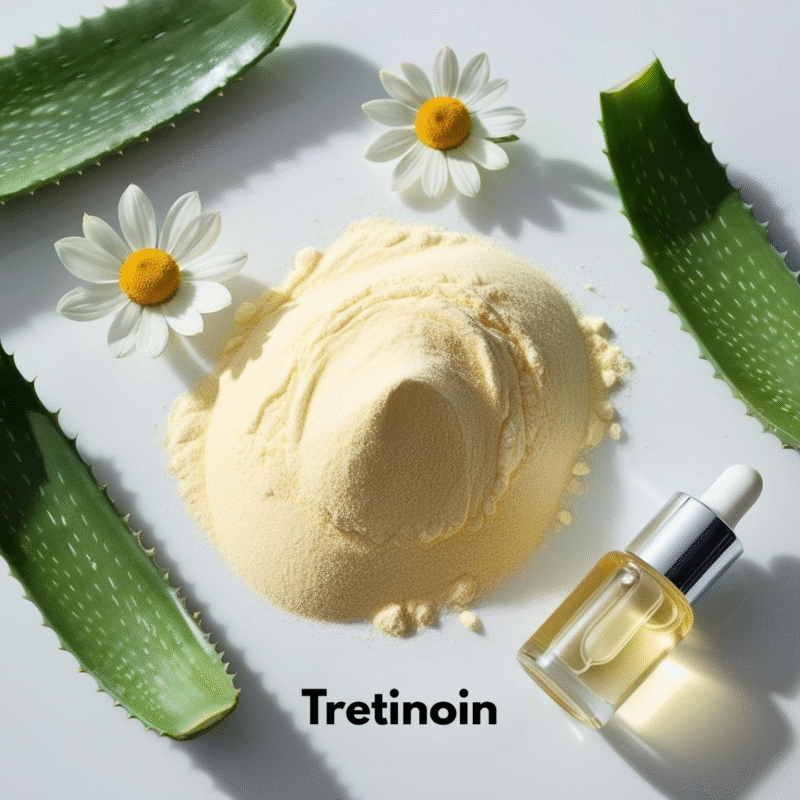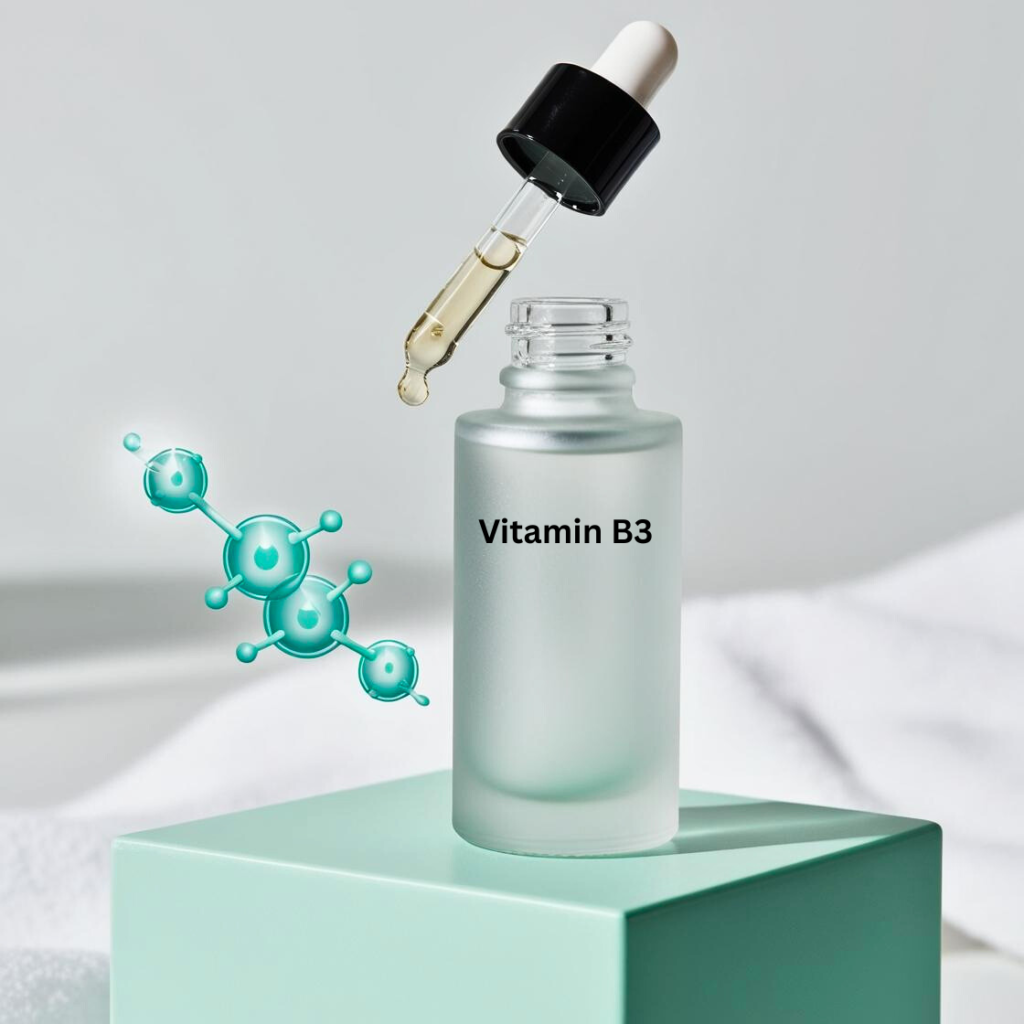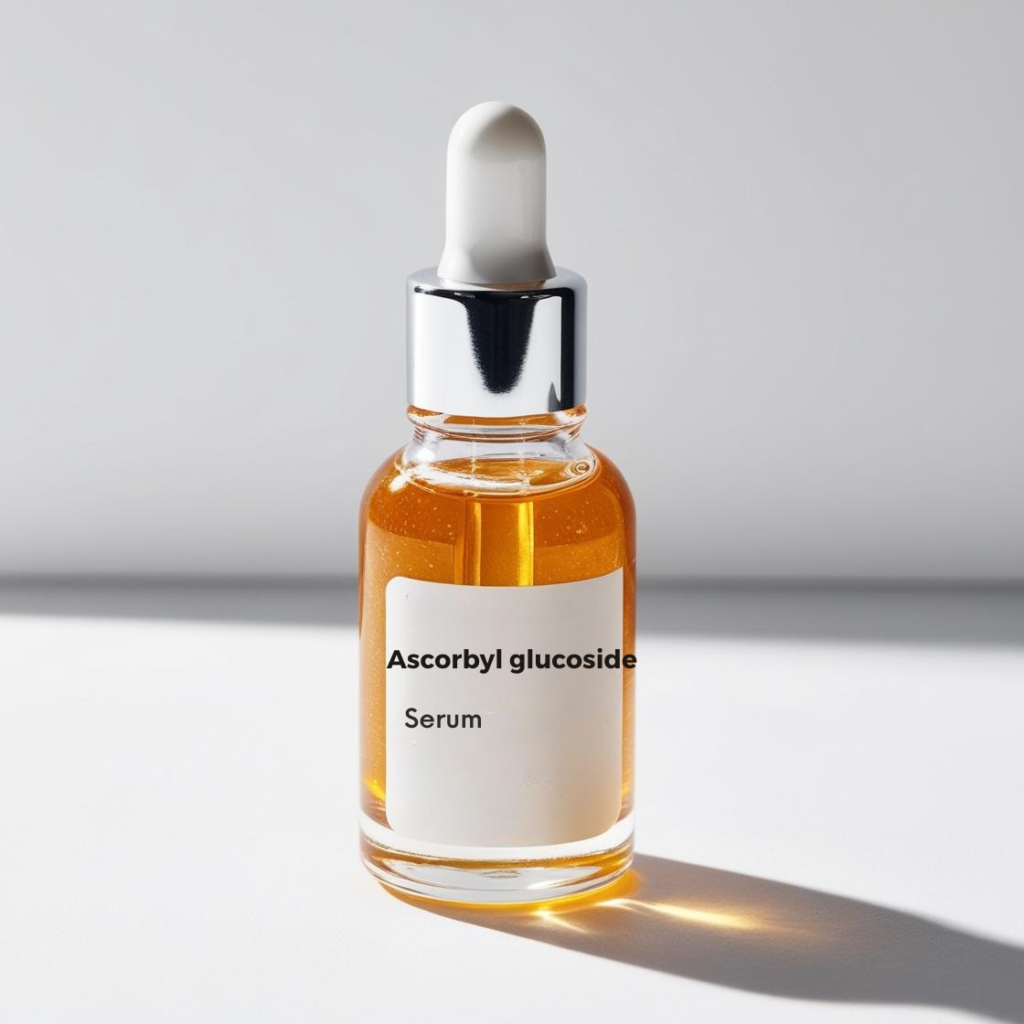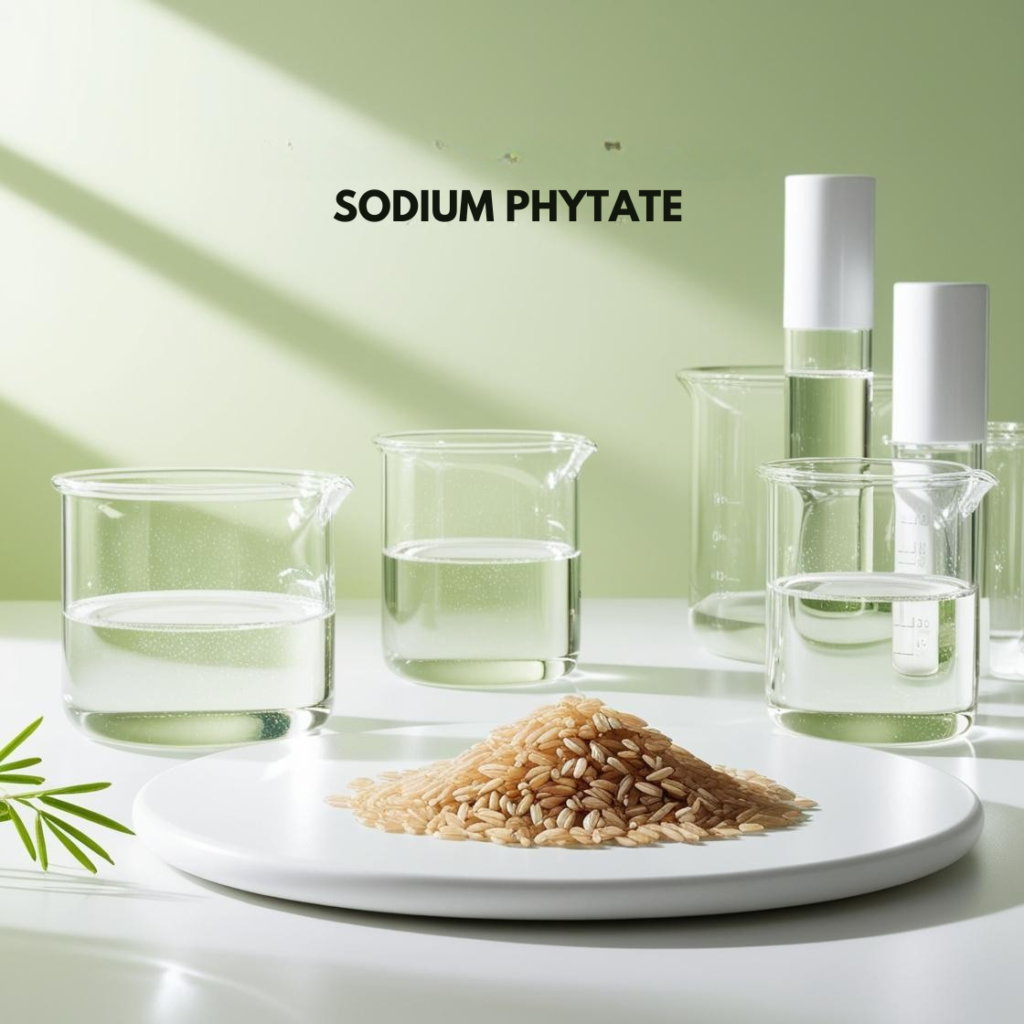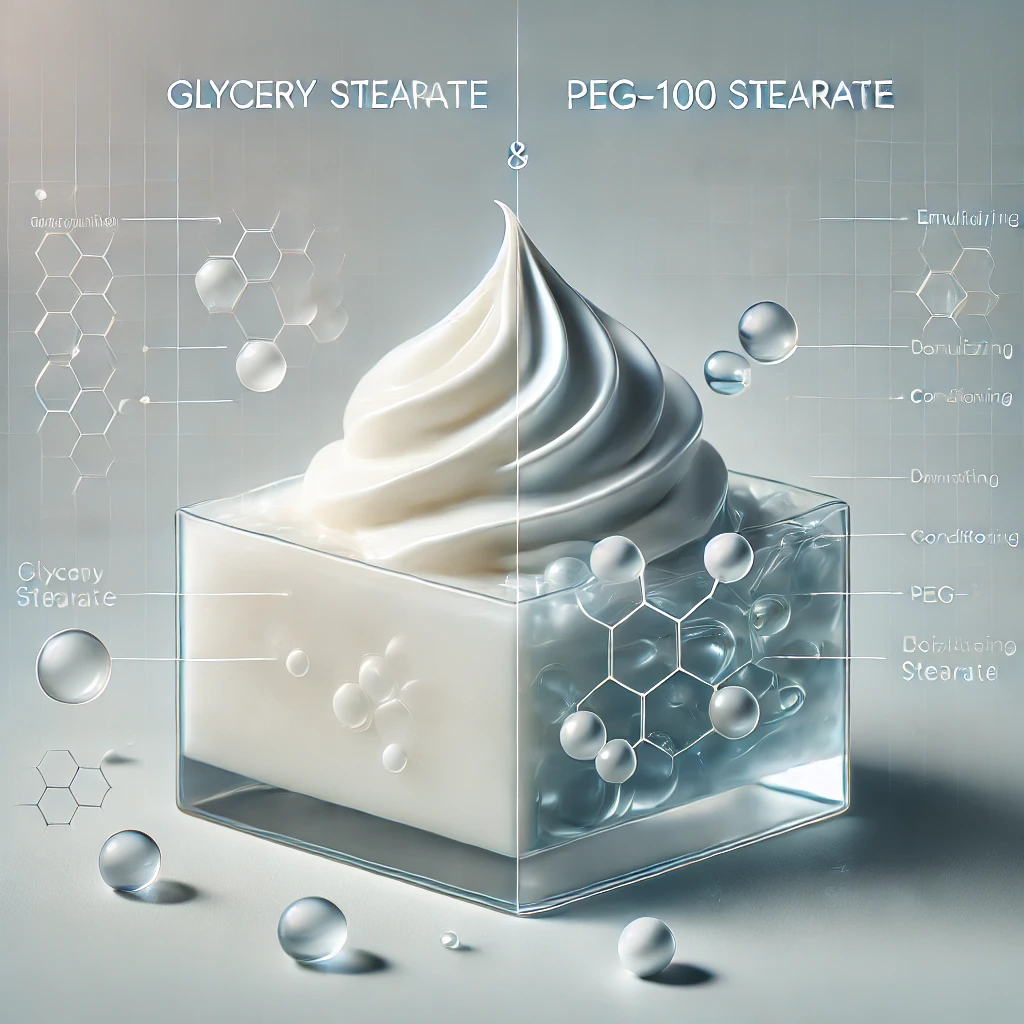CAS Number 1197-18-8
INCI Name Tranexamic Acid
Some acids work wonders for the skin, enhancing its complexion and giving it a radiant glow. Tranexamic Acid is one such powerhouse, known for treating skin concerns like hyperpigmentation and melasma. It helps form a protective barrier on the skin, sealing in moisture while shielding against environmental pollutants. In its pure form, Tranexamic Acid appears as a white to off-white powder with a strong odor. Its chemical formula is C8H15NO2.
Purpose
The purpose of Tranexamic Acid is to reduce hyperpigmentation, including conditions like melasma, age spots, and post-inflammatory pigmentation. It works by inhibiting the activation of plasminogen, which helps control excessive bleeding in medical applications. In skincare, it also helps brighten the complexion, even out skin tone, and improve skin hydration by forming a protective layer that prevents moisture loss and shields the skin from environmental stressors.
Origin
Tranexamic Acid is a synthetic compound derived from the amino acid lysine. It comes in a powder form, typically white or off-white in color, and has a pungent odor.
| Feature | Description |
| Name | Tranexamic Acid |
| Type | Synthetic derivative of the amino acid lysine |
| Source | Chemically synthesized |
| Boiling point | 300°C |
| PH | Around 7 |
| Color | White or off-white |
| Odor | Odorless |
| Physical state | Solid (powder or crystalline form) |
| Concentration | 2–5% |
| Solubility | Freely soluble in water |
Inhibits Plasminogen Activation
Tranexamic Acid works by inhibiting the activation of plasminogen, which prevents the formation of plasmin, an enzyme responsible for breaking down fibrin in blood clots. This action helps control excessive bleeding during surgeries, trauma, and heavy menstrual cycles, making it a crucial hemostatic agent in medical applications. In skincare, this mechanism helps in reducing the degradation of skin proteins that can lead to pigmentation, making it a beneficial ingredient for hyperpigmentation treatment.
Brightening Effect
Tranexamic Acid is particularly effective for treating dark spots, melasma, and hyperpigmentation. It works by inhibiting the production of melanin, the pigment responsible for skin color, in response to UV exposure and inflammation. Unlike some other brightening agents, Tranexamic Acid targets the root cause of discoloration by reducing melanin synthesis within the skin’s deeper layers, leading to a gradual lightening effect. Over time, it helps even out skin tone and reduces the appearance of dark spots and sun damage.
Skin Barrier Protection
Tranexamic Acid forms a thin protective layer on the skin, enhancing the skin’s ability to retain moisture and defend against environmental stressors like pollution, dust, and UV rays. This protective barrier not only prevents dehydration but also shields the skin from toxins and harmful free radicals that contribute to premature aging. The result is healthier, more resilient skin that appears plumper and more hydrated.
Anti-inflammatory Properties
Tranexamic Acid has mild anti-inflammatory effects, which makes it beneficial for soothing irritated skin. It reduces redness, swelling, and irritation, particularly in conditions like post-procedure inflammation, rosacea, or acne-prone skin. By calming inflammation, it helps prevent the formation of new pigmentation caused by inflammation, making it particularly useful for individuals with sensitive skin or those recovering from treatments like chemical peels or laser therapies.
Hydration Lock
Tranexamic Acid is not just a brightening agent—it also helps improve skin hydration. By forming a protective layer that locks in moisture, it helps prevent transepidermal water loss (TEWL), which is a major factor in skin dryness and dullness. This moisture retention helps maintain a healthy skin barrier, leaving the skin feeling softer, plumper, and more hydrated. Over time, this can contribute to a brighter, more radiant complexion.
Versatility
Tranexamic Acid is highly versatile in its applications. Topically, it can be incorporated into a wide range of skincare formulations, including serums, creams, toners, and masks, making it easy to include in a variety of skincare routines. In medical settings, it is available in oral and intravenous forms to treat conditions like heavy menstrual bleeding, surgical bleeding, and trauma. This versatility makes this a multi-functional ingredient that caters to both medical and cosmetic needs.
Non-Hydroxy Acid
Unlike AHAs (alpha-hydroxy acids) or BHAs (beta-hydroxy acids), which exfoliate the skin’s surface to promote cell turnover, Tranexamic Acid is non-exfoliating. This means it is less likely to cause irritation, redness, or dryness, making it an excellent option for those with sensitive or reactive skin. It provides a gentler, more gradual improvement in skin tone and texture without the harsh side effects commonly associated with stronger exfoliating acids.
Prevention of Post-Inflammatory Hyperpigmentation
One of the most significant benefits of this is its ability to prevent post-inflammatory hyperpigmentation (PIH), which occurs after acne, chemical peels, or other skin treatments. By reducing melanin production during inflammation, Tranexamic Acid helps prevent the formation of dark spots or patches. This is especially valuable for people with darker skin tones, who are more prone to PIH. It helps maintain a more even skin tone even after skin stressors like breakouts or cosmetic procedures.
Stable in Formulations
Tranexamic Acid is highly stable in topical formulations, meaning it maintains its efficacy even when exposed to light or air. Unlike some active ingredients that degrade over time (e.g., Vitamin C), Tranexamic Acid remains effective in its powdered or solution form for extended periods. This makes it an ideal ingredient for long-lasting skincare products, allowing consumers to experience its full benefits over time without worrying about loss of potency.
Enhanced Skin Texture
In addition to brightening and reducing hyperpigmentation, Tranexamic Acid helps improve overall skin texture. It promotes smoother, more even skin by reducing the buildup of dead skin cells and helping skin retain its natural moisture. As a result, users often notice softer, plumper skin with improved tone and texture. This benefit makes Tranexamic Acid an excellent ingredient for those looking to refine their skin’s surface and achieve a glowing, youthful complexion.
Gradual Action
Unlike some quick-acting brightening agents that can cause immediate but sometimes harsh results, Tranexamic Acid works more gradually. This allows for consistent, long-term improvement without causing irritation or skin sensitivity. Over a period of weeks, users typically see a noticeable reduction in pigmentation and an overall brightening of the complexion. This gradual action makes it ideal for individuals who prefer a gentler, sustained approach to skincare rather than quick but potentially harsh results.
Skincare Applications:
- Treatment of Hyperpigmentation:
Tranexamic Acid is a popular ingredient in topical skincare products designed to treat hyperpigmentation, melasma, dark spots, and age spots. It works by inhibiting the synthesis of melanin, the pigment responsible for dark spots and uneven skin tone. - Melasma Treatment:
Tranexamic Acid is especially effective in treating melasma, a skin condition characterized by brown or gray-brown patches, often triggered by hormonal changes. Its anti-melanogenic properties help reduce melanin production, leading to brighter skin and more even pigmentation. - Post-Procedure Skin Recovery:
After procedures like chemical peels, laser treatments, or microdermabrasion, Tranexamic Acid can help prevent the development of post-inflammatory hyperpigmentation (PIH) by calming inflammation and preventing the overproduction of melanin during the healing process. - Anti-inflammatory and Soothing:
Due to its anti-inflammatory properties, Tranexamic Acid can also be used in skincare formulations to soothe irritated, sensitive, or inflamed skin. This makes it beneficial for conditions like rosacea, acne, or post-treatment redness. - Hydration and Skin Barrier Protection:
Tranexamic Acid helps improve the skin’s barrier function, locking in moisture and preventing dehydration. It forms a protective layer that shields the skin from environmental pollutants, pollutants, and other harmful factors, making it ideal for dry or compromised skin.
Cosmetic Procedures:
- Post-Treatment Care:
After cosmetic treatments like laser skin resurfacing, chemical peels, or microneedling, Tranexamic Acid is used in post-treatment skincare to reduce the risk of pigmentation and inflammation. It is often found in post-procedure serums and creams to enhance recovery. - Brightening Facials:
Tranexamic Acid is often included in professional facial treatments targeting uneven skin tone, pigmentation, and overall skin brightening. A controlled application can help lighten dark spots and provide a smoother, more even complexion.
Hair Care:
While less common, Tranexamic Acid is sometimes used in hair care formulations aimed at reducing scalp pigmentation issues or controlling hair loss due to its ability to reduce oxidative stress and inflammation.
Sunscreen and UV Protection:
Tranexamic Acid can also be incorporated into sunscreen products as it helps prevent pigmentation that may be exacerbated by sun exposure. It works synergistically with UV-blocking agents to provide better protection against UV-induced skin discoloration.
Cosmetic Pigmentation Control:
In cosmetic dermatology, Tranexamic Acid is used to control pigmentation and maintain an even skin tone in patients undergoing treatments for pigmentation disorders, acne scars, or uneven complexion.
Laser and Chemical Peel Adjunct:
Tranexamic Acid is commonly used as an adjunct in skin resurfacing treatments such as laser therapy and chemical peels, as it helps minimize the risk of pigmentation caused by the procedures, accelerating recovery and enhancing the overall treatment results.


